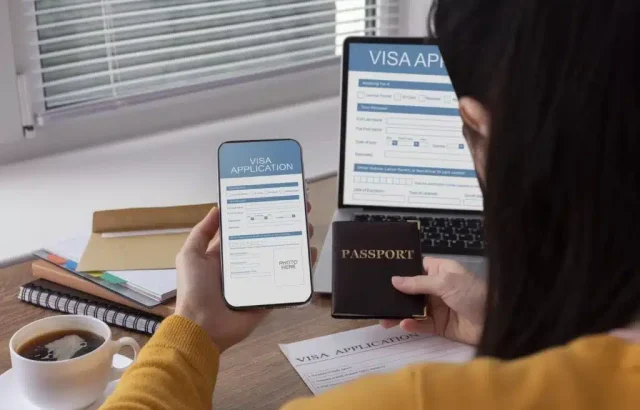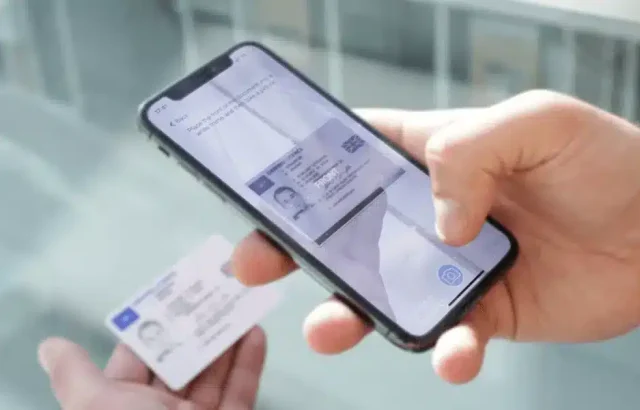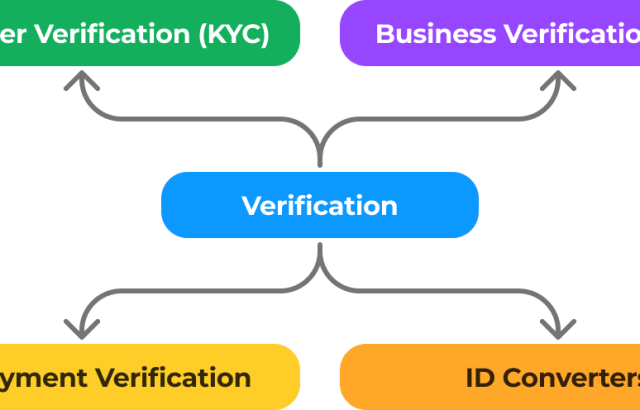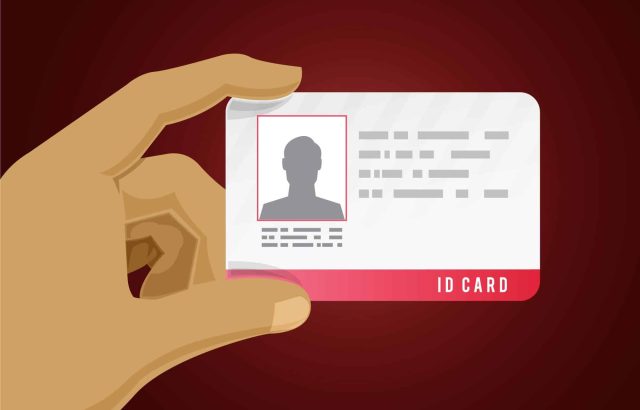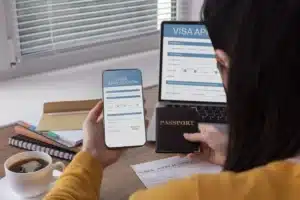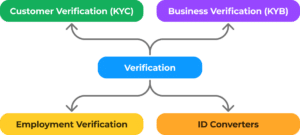Face recognition technology has advanced rapidly in recent years and is now being implemented in more security and access control applications. However, a key limitation is that existing facial recognition systems cannot reliably distinguish between live human faces and high-quality photographs, videos or masks of a person. This introduces security vulnerabilities that can be exploited through spoofing attempts. To address this, MiniAiLive face liveness detection has emerged as an important component in modern access control systems using biometrics.
What is Face Liveness Detection?
Face liveness detection refers to the ability of a facial recognition system to determine if the detected face belongs to a live human or is a printed photo, video replay or mask. The goal is to prevent spoofing attempts where photograph, video replay or masks of an authorized person are used to gain access without their consent or knowledge. Face liveness detection employs various techniques to analyze subtle biological traits and properties that are uniquely present in live human faces but not replicable in still images, videos or masks. Some of the key methods used include:
- Analysis of skin textures, pores and fine details that change with facial expressions in real-time
- Detection of blood flow and micro-motions within the face that are invisible to the naked eye
- Evaluation of how light interacts with the face at an infrared wavelength to identify liveness
- Challenging the user to blink, nod or make other natural motions for verification
- Assessing 3D facial contours and depth maps that printed photos cannot accurately replicate
By layering and cross-checking multiple liveness cues, systems can deterministically separate live faces from attempted spoofing mediums with a very high degree of accuracy, unlike traditional facial recognition alone.
How MiniAiLive Face Liveness Detection in Access Control System works?
| Step | Process | Description |
| 1 | Face Capture | The system uses a camera to capture an image or video of the user’s face attempting to gain access. |
| 2 | Preprocessing | Captured images/video may be adjusted for clarity. This could involve:
* Image cropping: Focusing on the face. * Normalization: Standardizing brightness, contrast, etc. * Face Detection: Locating the precise position of the face within the image/frame. |
| 3 | Feature Extraction | Specialized algorithms analyze and extract distinctive facial features. This could include:
* Texture Analysis: Examining skin texture patterns. * Landmark Detection: Locating key facial points (eyes, nose, mouth). * 3D Depth Mapping: (if available) Analyzing the face’s 3D contours. |
| 4 | Liveness Analysis | This is the core of liveness detection. The system uses various techniques to determine if the captured face belongs to a living person:
* Blink Detection: Tracking involuntary eye blinks. * Micro-expression Analysis: Analyzing tiny, subtle facial movements. * Movement Challenges: Asking the user to smile, nod, or look in a certain direction. * Texture Consistency Detecting inconsistencies in skin texture that might indicate a fake representation. * 3D Analysis: Comparing depth information against a model of a real face. |
| 5 | Spoof Detection | Algorithms compare the analyzed features against a database of known spoofing methods:
* Photo Detection: Identifying flatness and lack of detail in a photograph. * Video Replay Detection: Detecting artifacts, glitches, or inconsistencies in a video recording. * Mask Detection: Analyzing anomalies in texture, reflection, or fit characteristic of masks or deepfakes. |
| 6 | Classification | The system determines whether the face is considered “live” or “spoofed”:
* Scoring: Algorithms might assign a “liveness” score based on confidence. * Threshold: A pre-defined threshold determines whether the score is high enough. |
| 7 | Decision | Based on the classification, the access control system takes one of two actions:
* Grant Access: If classified as “live,” the user is granted access. * Deny Access: If classified as “spoofed,” access is denied, and further action might be taken (e.g., raise an alert). |
| 8 | Anti-Spoofing Updates | Liveness detection systems continuously learn and adapt to new spoofing techniques:
* Database Updates: The database of known spoofing methods is regularly expanded. * Algorithm Improvements: The liveness detection algorithms themselves are enhanced over time. |
Why is Face Liveness Detection Important?
| Aspect | Problem | How Liveness Detection Helps |
| Identity Fraud | Imposters can use stolen photos, videos, or even masks to trick facial recognition systems. | Liveness detection adds a layer of security, making it harder to impersonate someone using static or pre-recorded representations of their face. |
| Unauthorized Access | Fraudulent access to sensitive systems, accounts, or physical spaces can cause significant damage. | Liveness detection ensures that only genuine, living individuals are granted access, protecting valuable resources. |
| Account Takeover | Cybercriminals can hijack user accounts with stolen credentials or biometric data. | Liveness detection in login systems provides an additional barrier, requiring proof that the person attempting access is the actual account owner. |
| Financial Fraud | Fraudulent activity in online banking or payment systems can cause monetary losses for individuals and businesses. | Liveness detection helps prevent unauthorized transactions by ensuring that the user is physically present and not a spoof. |
| Cybersecurity | Increasingly sophisticated attacks leverage advanced spoofing methods like deepfakes. | Liveness detection combats these evolving threats, helping to protect systems from deepfake attacks. |
| Compliance | Many industries enforce regulations for identity verification (e.g., Know Your Customer – KYC guidelines). | Liveness detection helps organizations adhere to security standards and protect customer data. |
| Remote Onboarding | Remote verification of users in digital services is essential for businesses. | Liveness detection enables secure and reliable online onboarding without in-person checks. |
| Seamless Authentication | Passive liveness detection can work in the background without user actions. | This enhances the user experience by making authentication faster and more frictionless, while still being secure. |
| Privacy Concerns | Users might worry their biometric data could be misused. | Liveness detection often focuses on micro-expressions and transient features, potentially reducing the amount of stored biometric information. |
| Trust | Knowing that robust security measures are in place increases trust in businesses and digital services. | Liveness detection enhances user confidence in the system’s ability to protect against fraudulent activity. |
| Physical Security | Spoofing attempts can target access to buildings and restricted areas. | Liveness detection adds robustness to security systems in sensitive physical locations. |
| Remote Work Security | Protecting access to company networks and information for remote workers is crucial. | Liveness detection plays a role in preventing breaches in remote work environments. |
| Evolving Threats | Spoofing techniques will always evolve. | Liveness detection systems constantly adapt to counter emerging threats. |
| Bottleneck Reduction | Manual verification processes can be slow and inefficient. | Liveness detection can automate part of the verification, speeding up processes and reducing strain on human verification. |
| Cost Savings | Long term, fraud prevention leads to financial savings. | Liveness detection helps prevent losses, resulting in long-term cost benefits. |
Advantages of using MiniAiLive Face Liveness Detection
| Feature | Advantage | Description |
| 3D Passive Detection | Enhanced security against sophisticated spoofing attempts | Utilizes depth information and advanced algorithms to distinguish between real faces and fake presentations like masks or 3D models. |
| Single-Image Verification | Seamless user experience | Detects liveness from the same image used for facial recognition, eliminating the need for additional actions from the user. |
| Anti-Spoofing Robustness | Protection against various fraudulent methods | Defends against attacks using photos, videos, deepfakes, and masks. |
| Speed & Accuracy | Rapid and reliable results | Provides fast liveness detection while maintaining high accuracy levels. |
| Flexibility | Adaptability to different use cases | Can be integrated into various applications, such as security systems, access control, and identity verification. |
| Cross-Platform Compatibility | Supports multiple platforms | Works on Android, iOS, and potentially other operating systems. |
| On-Premise Option | Data privacy and control | Offers on-premise deployment, ensuring data is processed locally and not sent to external servers. |
| Customization Potential | Tailored solutions possible | May allow customization to fit specific security and integration requirements. |
| Ease of Integration | Simplified development processes | Provides SDKs (Software Development Kits) to streamline the integration process into your applications. |
| Cost-Effectiveness | Potential for affordable deployment | Offer competitive pricing compared to other liveness detection solutions. |
Final Thoughts
The growing use of facial recognition for access control has introduced vulnerabilities to spoofing that threaten security if left unaddressed. MiniAiLive Face liveness detection effectively solves this problem by differentiating live human faces from static media during authentication. It strengthens security defences against would-be attackers attempting to impersonate authorized users. When deployed with facial recognition, liveness testing forms an important additional layer of protection for restricted areas, systems and sensitive digital resources. As such, it will become increasingly critical and widely adopted within biometrically-secured access control frameworks going forward.
Frequently Asked Questions
How does face liveness detection work?
Face liveness detection analyzes subtle biological traits such as micro-motions, skin textures and depth maps that are present in live human faces but not replicable in photos, videos or masks. It uses these cues to determine if a detected face is real or an attempted spoof.
What are some common face liveness detection techniques?
Common techniques include analyzing infrared light interaction, monitoring blinks and motions, assessing 3D facial contours and depth, detecting blood flow and micro-motions, evaluating skin textures and pores that change with facial expressions.
Why is face liveness important for access control security?
Without liveness detection, access control systems are vulnerable to spoofing using photos, videos or masks of authorized users. This poses security risks like unauthorized access to restricted locations or data systems.
How does liveness detection integrate with facial recognition?
Liveness analysis acts as a secondary authentication layer after facial recognition matches a detected face to a stored biometric template. Access is only approved if both recognition and liveness checks successfully validate the live user.
What industries benefit most from face liveness technology?
Industries like government, military, critical infrastructure and finance that require high security of restricted physical areas and digital resources benefit the most from face liveness solutions integrated with biometric access control systems.


